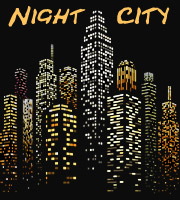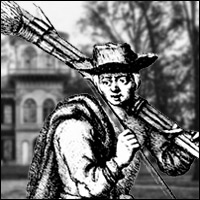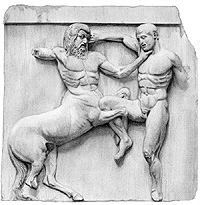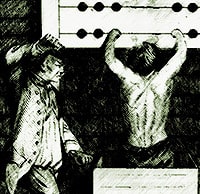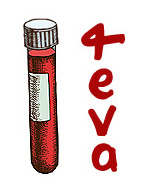When I was growing up we had a selection of downtown book stores, and a book store in every mall. By the 1990s we had used bookstores downtown and mega bookstores in suburbia. Now even those are nearing extinction. As a retail manager who has worked largely in resetting food stores to maintain volume in a changing marketplace, I thought I might do a brief survey of a Barnes & Nobles fiction layout.
Overall Impressions
There is no subdivision by genre. Only broad categories are used, with searches done alphabetically. This indicates a costumer that buys according to author over subject. This jives with the trend in which new authors get work grinding out content for an established author’s series, and not always posthumously as with Lustbader taking over Ludlum’s Bourne franchise. Branding is by author.
Genre Displays by Lineal Foot
Fiction & Literature: 196
Mystery: 48
Romance: 52
Science Fiction & Fantasy: 60
Westerns: 4
Horror: 0
Readership Estimates by Gender
What can we gather from the number of male and female fiction customers?
Fiction & literature seemed to appeal evenly to a male and female readership, with an even dispersal of classical and recent popular literature.
Mystery caters to a predominantly female audience.
Romance appeals to an exclusively female audience.
Sci-fi & fantasy seems to be marketed to a 60% male readership, down from 95% in the 1970s.
The Westerns on display appeal exclusively to male reads. None of the westerns written for female consumption are present in this section, which has shrunken by 50% over the past decade.
Horror readership, predominantly male, is not represented at all!
Display Feet by Customer Gender
Male: 139
Female: 221
This is essential the reverse of what it was a generation ago. A brief survey of the nonfiction section indicates a 60% female 40% male readership. What does the feminization of fiction mean?
Mother Literature
In one respect it means political correctness. Sci-fi has been increasingly PC for decades, beginning with Star Trek the Next Generation.
In nonfiction it has had a terrible backfire effect. Books on Native American history and pre-contact culture now almost exclusively extol current attempts at reconstruction, with Amerindian versus European conflict downplayed, and domestic and ceremonial costumes extolled over the dominant male occupations of Native Americans such as hunting, war and practical attire. The work of anthropologists and artists who actually lived with and visited extant Native American communities 100 and more years ago, have been pushed aside for the revisionist feminist version of a passive edanic Native America.
Fiction is essentially the realm of human interaction, where the philosophy and life way of a culture is exposed and examined by forward thinking and/or introspective writers. We are now living in a world that is beyond the bounds of most science-fiction projections made a scant 40 years ago. Much of our science fact was shaped in the minds of science-fiction writers long ago. Much of the way we live was predicted by authors like, London, Orwell and Dick.
The most logical conclusion to be drawn from this fiction survey is that our world and our future is being more vigorously considered and imagined by female writers and readers than by male. If this is true it marks the single most momentous change in the fabric of Western thought since Socrates questioned the gods and traditions of Athens.
What I need to do, to get a better look into our culture and idea stream as reflected by print media, is to take an investigative survey of the sci-fi layout in that same fiction section, before the store disappears.
My parting question is, with horror in film more popular than ever, and the world’s most popular fiction writer Stephen King, having cut his teeth and still largely working in horror, what has happened to the rest of the genre?
I expect the answer is to be found online, in e-books. That is still not comforting, because the literature available in print pulls more e-book sales than does marginalized literature like mine that is only viable electronically.
Young men and boys are reading at a fraction of the rate that previous generations did.
Young men and boys are also involved in a mere fraction of the physical pursuits they once engaged in.
Women and girls are reading at or above previous levels.
Women and girls are participating in all of the sports that men and boys are losing interest in, at 10 to 100 times previous levels.
Where do these facts take us?
Note: A librarian informed me, after I discussed this article with her, that her organization does not allocate for horror, with Stephen King and Poe being the extent of their offerings. She did inform me that there is a strong [50%] male readership for mysteries at the public library. From my survey of the bookseller I am under the impression that the male-oriented mysteries slotted in the library's mystery section are integrated into general/popular literature at the book store. She did say that male fiction readers are served by five authors through the library: King, Koontz, Cussler and two others I cannot recall who slot as mystery writers. She did say that female to male fiction readership through the library is at about 9 to 1. However, the non-fiction library checkouts are still predominantly male.


